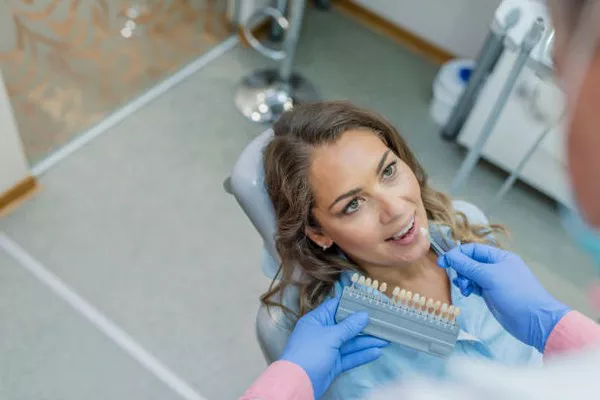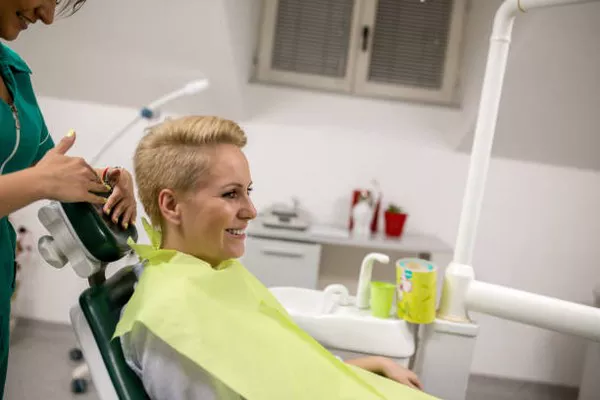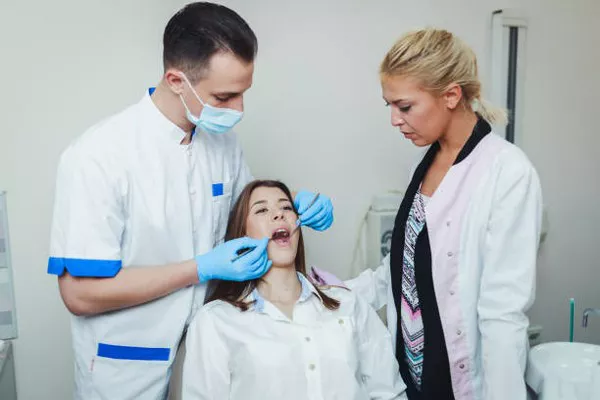Dental fillings are an essential part of modern dentistry. They are used to treat cavities, repair damaged teeth, and restore the function and appearance of your smile. However, after a dental filling, many patients wonder how soon they can return to eating their favorite foods. In this article, we will explore the topic of how long after getting a filling you can eat.
What are dental fillings?
Dental fillings are materials used to fill cavities or repair teeth that have been damaged due to decay or trauma. Common filling materials include amalgam, composite resin, gold, and porcelain. The type of filling material used will depend on the location and severity of the cavity or damage.
Why do you need a filling?
You may need a filling if you have a cavity or tooth damage that has left a hole in your tooth. Cavities are caused by bacteria that produce acid, which erodes the enamel and dentin layers of your teeth. If left untreated, cavities can lead to tooth sensitivity, pain, infection, and even tooth loss.
Tooth damage can also occur due to trauma, such as a sports injury or accident. When a tooth is chipped, cracked, or broken, it can weaken the structure of the tooth and cause pain or discomfort.
How long after getting a filling can you eat?
The amount of time you should wait before eating after a filling depends on the type of filling material used and the extent of the filling. In general, it is recommended that you wait at least one hour after a filling before eating anything.
If you have received a composite resin filling, you may need to wait longer before eating. Composite resin fillings are made of a mixture of plastic and glass particles, which harden when exposed to a special light. This process can take up to 24 hours to fully cure, so it is important to avoid eating hard or sticky foods during this time.
If you have received an amalgam filling, you can eat as soon as the anesthesia wears off. Amalgam fillings are made of a mixture of metals, including silver, tin, copper, and mercury. They harden quickly and do not require any special precautions after placement.
If you are uncertain about when you can eat after a filling, ask your dentist for specific instructions. They will be able to provide you with personalized advice based on the type of filling material used and the extent of the filling.
What foods should you avoid after getting a filling?
After getting a filling, it is important to avoid certain foods that can damage or dislodge the filling. Hard, crunchy, or sticky foods can put stress on the filling and cause it to crack or break. Some examples of foods to avoid include:
1.Hard candy
2.Nuts
3.Popcorn
4.Ice
5.Sticky candy or gum
6.Taffy
7.Caramels
In addition to avoiding certain foods, you should also be careful when brushing and flossing around the filling. Use a soft-bristled toothbrush and gentle pressure to avoid damaging the filling or causing discomfort.
What should you do if you experience pain or sensitivity after getting a filling?
Some patients may experience pain or sensitivity after getting a dental filling. This is normal and usually subsides within a few days. However, if you experience severe pain, swelling, or bleeding, you should contact your dentist immediately.
In some cases, pain or sensitivity after a filling may indicate a problem with the filling itself, such as a crack or leak. Your dentist may need to adjust or replace the filling to alleviate your symptoms.
How can you prevent the need for future fillings?
Preventing cavities and tooth damage is the best way to avoid the need for future fillings. Here are some tips to help maintain a healthy smile:
1.Brush your teeth twice a day with fluoride toothpaste
2.Floss daily to remove plaque and food particles from between teeth
3.Limit sugary and acidic foods and drinks
4.Drink plenty of water to rinse away food particles and bacteria
5.Visit your dentist regularly for checkups and cleanings
By following these tips, you can help prevent cavities and tooth damage, and keep your smile healthy and beautiful.
Conclusion
Dental fillings are an important part of modern dentistry, but it is important to take care of them to ensure they last as long as possible. After getting a filling, it is recommended that you wait at least one hour before eating anything, and avoid hard, crunchy, or sticky foods for several days. If you experience pain or sensitivity after a filling, contact your dentist immediately. By following good oral hygiene habits and visiting your dentist regularly, you can help prevent the need for future fillings and maintain a healthy smile for life.
Related Topics:






























